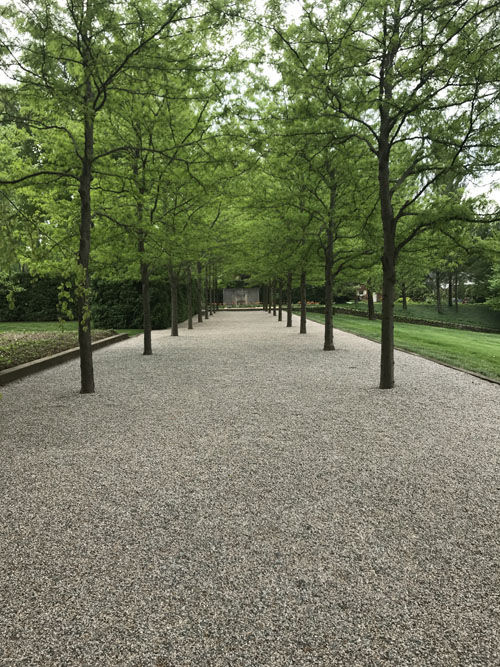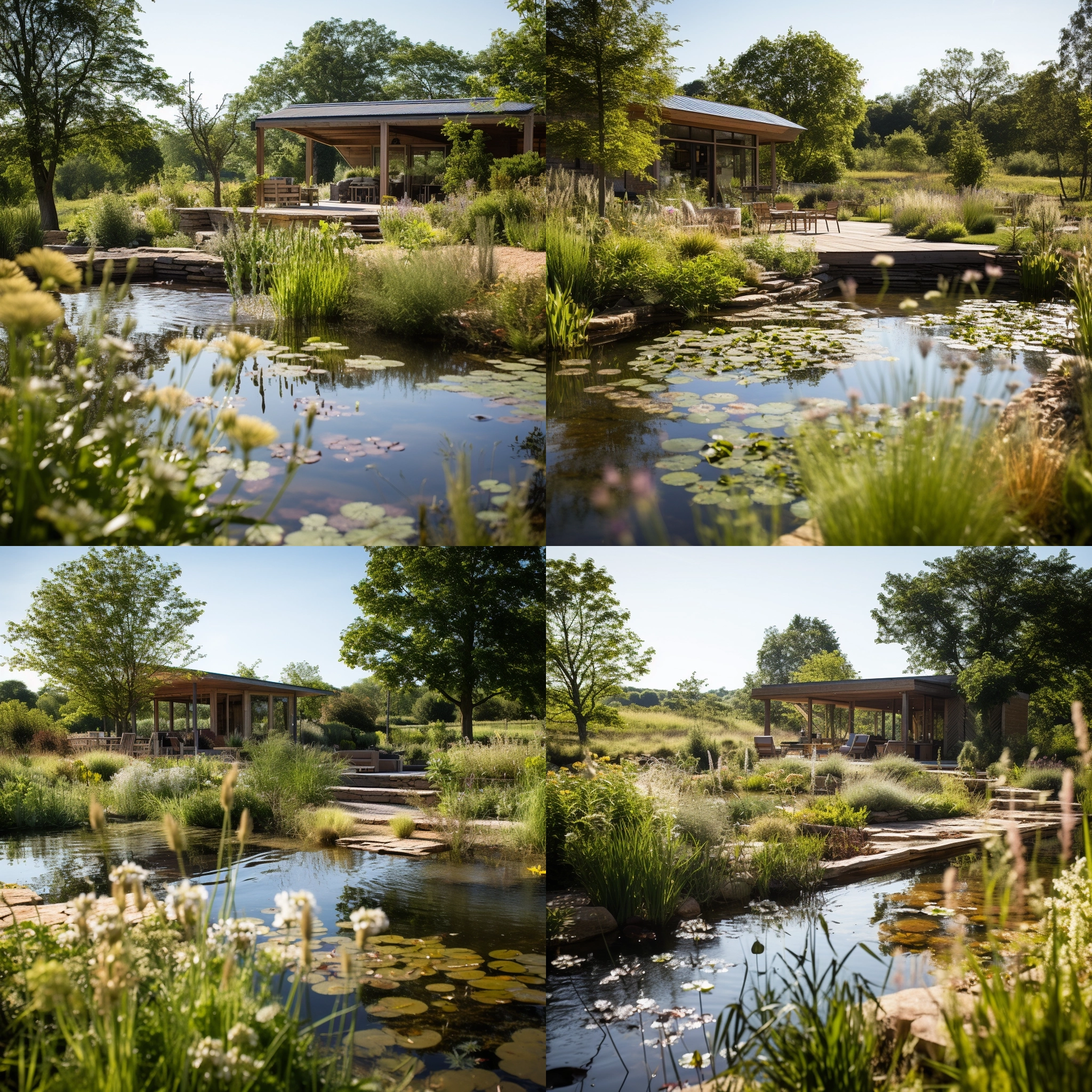
The post-modern Modern Garden
So where are we today?
The principles of Mcharg are more relevant today than in the 1960’s. With a growing population the conflict between providing new homes and creating landscapes that meet the needs of people, wildlife and water management have never been greater. Building on greenbelt land is possible but the gift should be granted to responsible developers. The arrangement of dwellings in new build sites must give more than they take away - and at present that is a rare situation.
Sustainability: With a growing awareness of environmental issues, modern gardens often prioritise sustainability and eco-friendly practices. This may include the use of native plants, rainwater harvesting systems, composting, and organic gardening techniques to minimise environmental impact and promote biodiversity.
Biophilic Design: Incorporating elements inspired by nature, such as native plantings, natural materials, water features, and wildlife habitats, to create a sense of immersion in the natural world.
Mindfulness and Wellness: Creating spaces for relaxation, meditation, and reflection, where visitors can disconnect from the stresses of modern life and reconnect with themselves and nature.
Accessibility and Inclusivity: Ensuring that Connection to Nature gardens are accessible to people of all ages, abilities, and backgrounds, allowing everyone to experience the benefits of connecting with nature.
Sensory Experience: Stimulating the senses through the use of textures, scents, colors, and sounds that evoke the sights, smells, and sounds of nature, enhancing the overall sensory experience.
Environmental Stewardship: Promoting sustainability and environmental conservation through the use of eco-friendly practices, such as rainwater harvesting, composting, and habitat restoration, to support biodiversity and ecological health.

